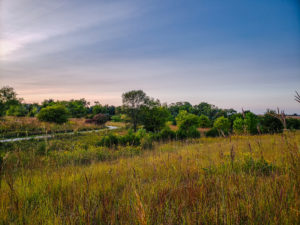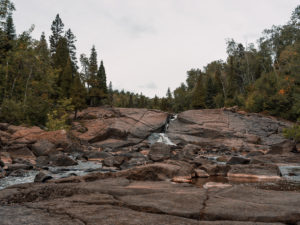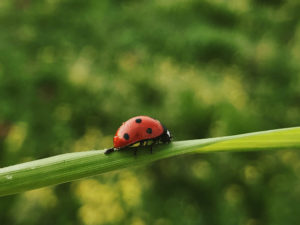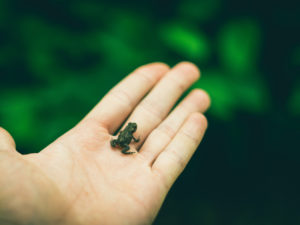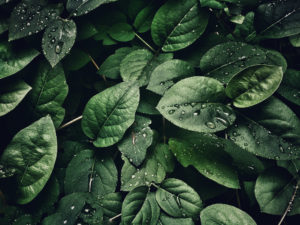Learn About Native Species
Native species are those which grow within a given region or ecosystem that have not been brought there by human intervention. Because they are native to an area, they have grown and adapted over time to thrive within that particular ecosystem.
As highlighted by the Minnesota Pollution Control Agency, communities like Duluth and the larger northern Minnesota region are “experiencing warming trends more quickly than the rest of the state, particularly during the winter months. As our climate warms, northern tree species like paper birch, quaking aspen, balsam fir, and black spruce may start to die out, with populations moving further north. Warmer-climate tree species, like maples, oaks, and hickories could take their place.” As tree populations evolve, so do the soil and understory composition, leading to wildlife habit also shifting.
This means that many migratory animals that travel through Duluth are also impacted by our changing climate. As highlighted by the Minnesota Pollution Control Agency, “with less predictable temperatures and rainfalls, birds are arriving earlier, and their breeding seasons are moving up in the year, too. Even animals that stay in Minnesota year-round are experiencing changes in the timing of food availability. This is a problem because not all species of animals and plants have reacted the same to changes in temperature or rainfall, meaning that a bird that arrives earlier or deer that breed sooner may end up not having enough food to sustain themselves. The timing of native and honey bees emerging and plants blooming is presenting a problem, as well, which could have far-reaching and lasting consequences for native and cultivated species.”
The key to wildlife and native plant conservation is the continued existence of diverse natural ecosystems and the preservation of native biodiversity. All living organisms and their natural ecosystems possess intrinsic, spiritual, and ethical values that cannot be measured in human economic or utilitarian terms. Wildlife, both animals and plants and their habitat, are an essential component of fully functioning ecosystems and are a barometer of the well-being of the biosphere.
In order to encourage and foster native wildlife, community members and leaders are urged to maintain, restore, or rehabilitate all possible portions of the natural ecosystems. Special attention should be paid to habitat linkages or wildlife corridors.
Learn some possible ways you can take action as recommended by the Sierra Club. And see Dibaginjigaadeg Anishinaabe Ezhitwaad: A Tribal Climate Adaptation Menu for more information on climate adaptation projects.
Additional Information:
- University of MN & USDA: Climate Change Field Guide for Northern Minnesota Forests
- University of MN: Bee Lab
- University of MN Extension Minnesota Woodlands and Climate Change
- Monarch Watch and Waystation Programs
- National Wildlife Foundation – Certified Wildlife Habitat
- Beyond Pesticides
- Minnesota Wildflowers
- Minnesota Board of Water and SoilResources Pollinator Toolkit
Did you take this action? Report it!
Help us show our collective community impact by reporting that you took this action.
